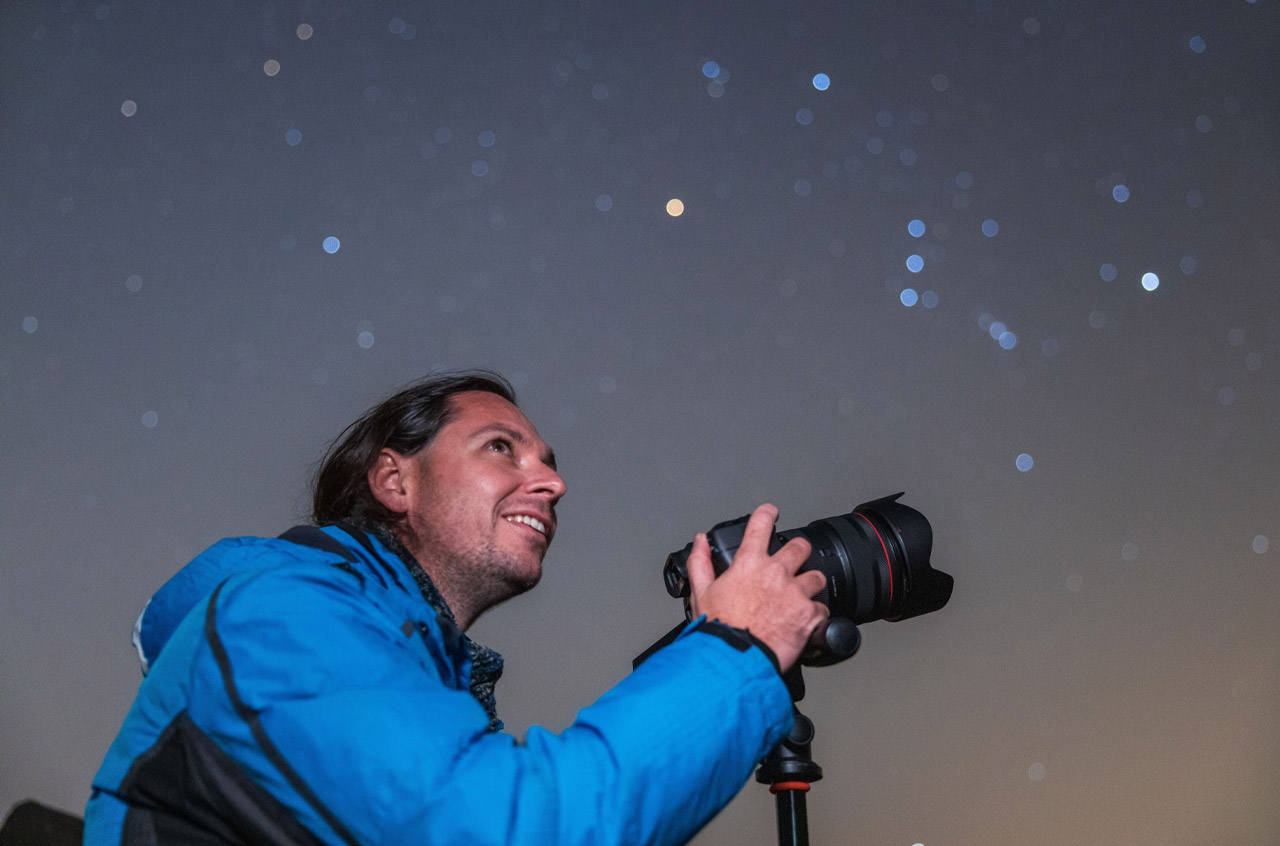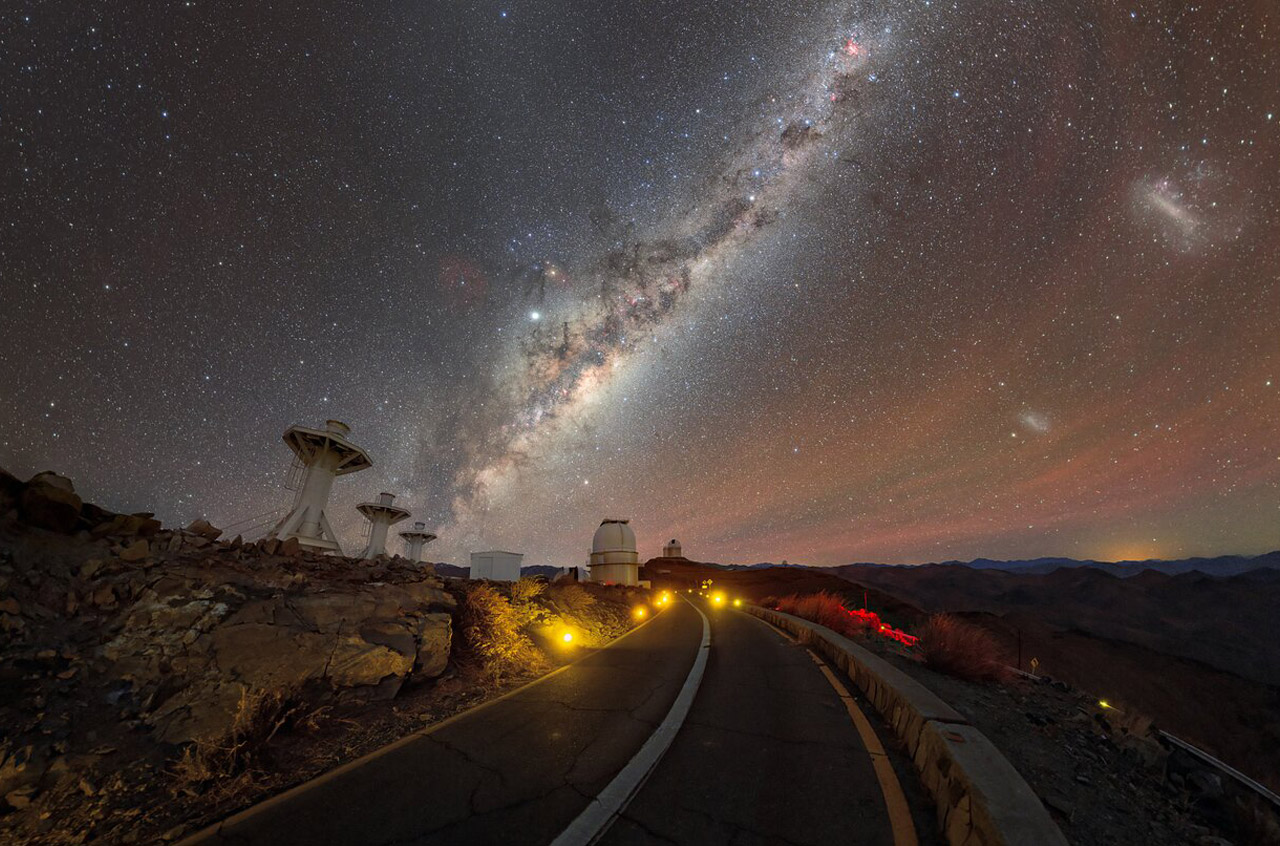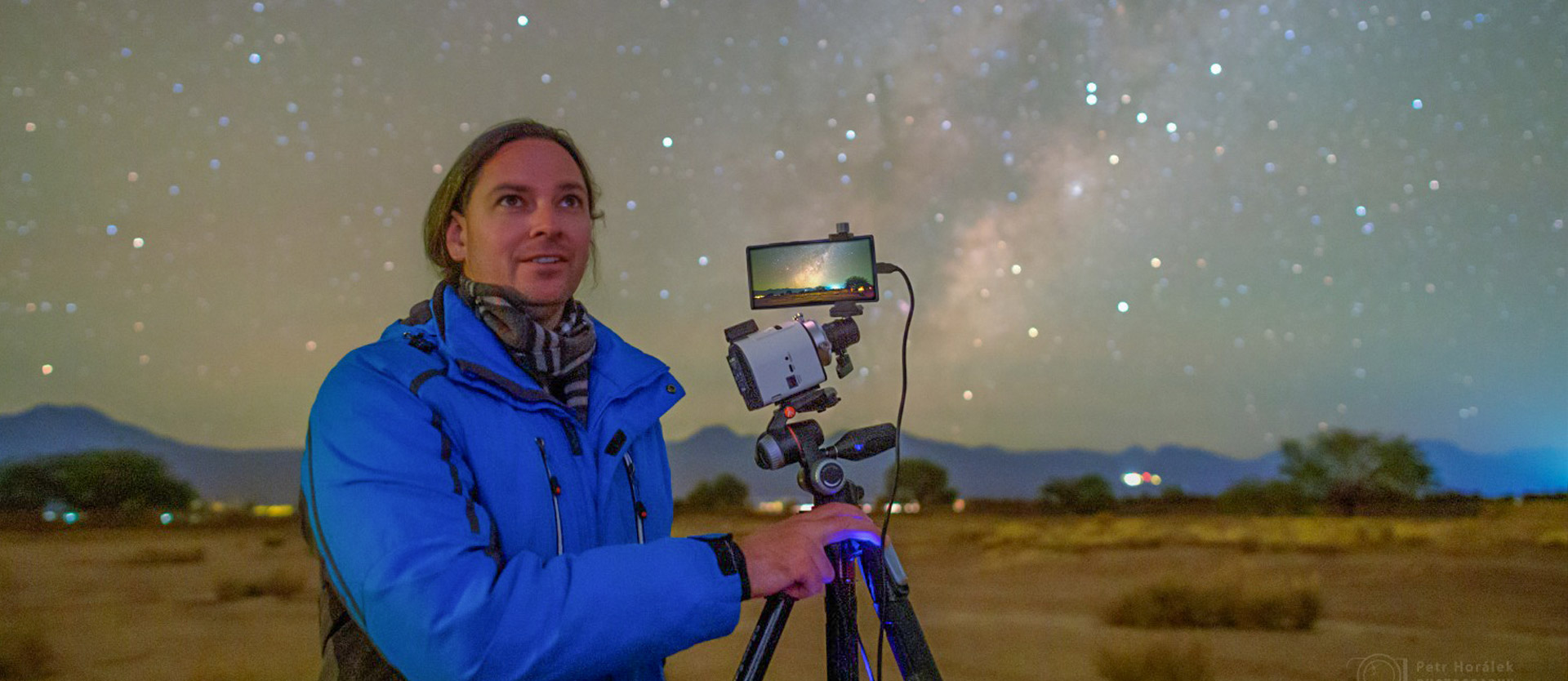
"Astrophotography is about understanding our existence on a very large scale and sharing that understanding with lay people." - Petr Horálek
What was your best photo spot in astrophotography?
There is no particular best spot in the world. But there are the best moments associated with it. And I'm lucky to have had several of them. Of course, the moments in the Cook Islands I mentioned earlier make this place one of the best in my life. Not because the place is somehow different from others, but because I felt freedom and the universe was literally at my fingertips. Imagine standing on a beach. In front of you is nothing but the ocean and the horizon is suddenly bordered by a line where the "carpet of stars" begins. There you can best understand the fragility and uniqueness of life in the universe. And that makes you want to take a photo so you can share that message, feeling or legacy.

"An observant enthusiast can become a good astrophotographer within a few months." - Petr Horálek
What tips would you give to aspiring landscape astrophotographers?
First of all, don't think of astrophotography as a job that makes money, or an activity that is mainly about technology, equipment, or IT skills. Astrophotography is about understanding our existence on a very large scale and sharing that understanding with lay people. Such is the case with landscape astrophotographs by ESO photographers. We are not just showing the beauty of the sky or the universe. Above all, we educate, and the photographs are our teaching tools. Beginners should first focus on learning what is happening in the sky and what circumstances make it possible to see or capture that.
There are so many things you can capture in the sky with your camera. Of course, you have to wait for special conditions, sometimes for a lifetime. Some phenomena are very brief, like the red sprites, and others are rare, like supernovae. Even if you photographed every part of the night sky an infinite number of times, you would still have an infinite number of opportunities to capture a unique combination of phenomena.
In addition, there are many serious environmental problems that can be captured in the sky, especially light pollution or problematic satellite constellations. All this can then become relevant as a subject for astrophotography. After the self-study of astronomy with environment, finally comes phase two: how to photograph at night? Fortunately, the technique itself is not difficult to learn, as there are many tutorials on the Internet. An observant enthusiast can become a good astrophotographer within a few months.













